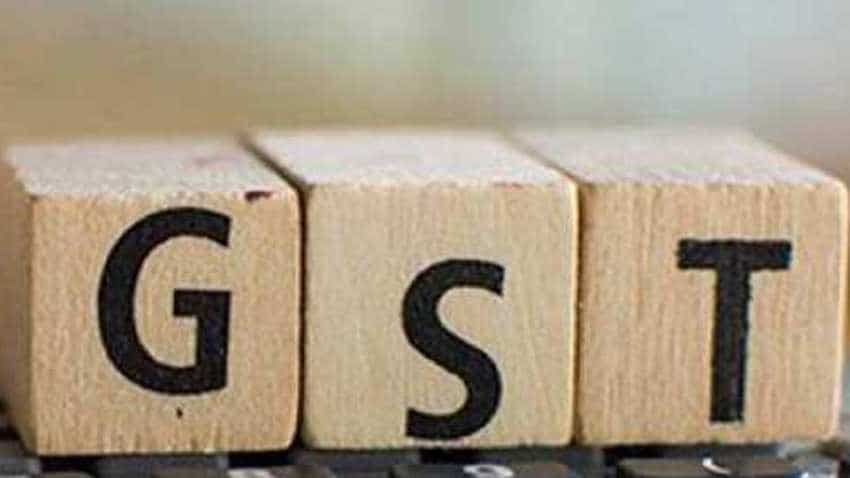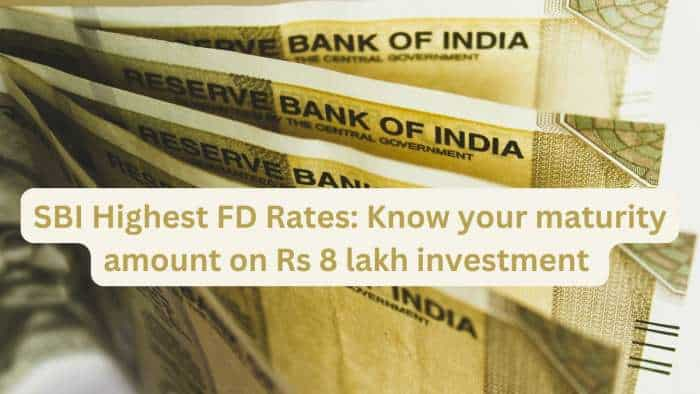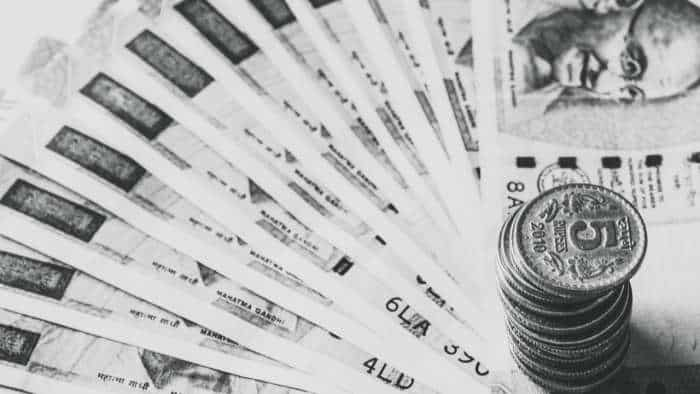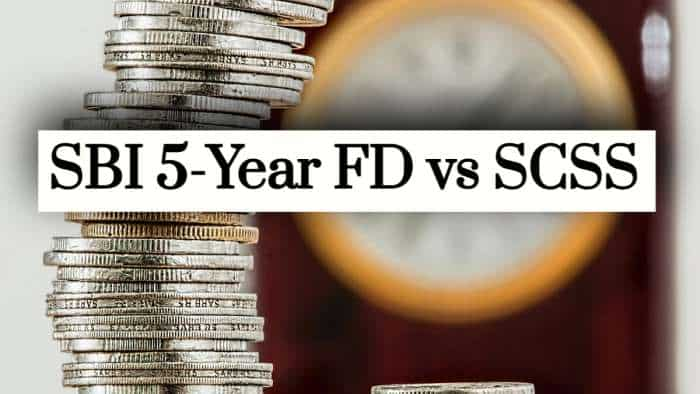GST Return Filing: Confused about GST ANX-1 and GST ANX-2? All DECODED here
Right from its rollout, there have been multiple additions to Goods and Services Tax (GST) forms and return filing procedure so as to ease the process of filing of returns.

GST ANX-1 and GST ANX-2: Right from its rollout, there have been multiple additions to Goods and Services Tax (GST) forms and return filing procedure so as to ease the process of filing of returns. Now, in a latest development, GST ANX-1 & GST ANX-2 forms have been introduced under the new return filing system. These form will be the annexures to the main return GST RET-1/RET-2/RET-2, as applicable. These annexures forms are similar to GSTR-1 & GSTR-2A under the present return filing system and play an important role in filing of the main return.
So, what are these forms all about and how it will benefit filers? Here is everything you need to know in simple language; check details being explained by Archit Gupta, Founder & CEO - ClearTax.
- GST ANX-1 and GST ANX-2 have specific purposes for the reporting of supplies.
-In GST ANX-1, all outward supplies, inward supplies under reverse charge, and imports made during a particular tax period will have to be reported. On the other hand, in GST ANX-2 will contain details of inward supplies from registered persons, imports made and supplies received from an SEZ unit/developer.
- Once a supplier has uploaded documents in his GST ANX-1, the same can be viewed by the recipient of supplies in his GST ANX-2 and he can take action on these documents by accepting or rejecting them, or marking them as pending for action to be taken at a later date.
GST ANX-1 and GST ANX-2: Released on trial basis
- These annexures are currently released on a trial basis, and are set to be implemented from October 2019. Every taxpayer, irrespective of his turnover, i.e. whether he is a large taxpayer (turnover more than Rs.5 crore in the preceding FY) or a small taxpayer (turnover up to Rs.5 crore in the preceding FY) will need to fill in and file these annexure forms. However, for the months of October and November 2019, the GST ANX-2 will be only a viewing facility, and a taxpayer will not be able to take any action in this annexure.
- Under the new return system, a supplier can upload details of all outward or inward supplies in his form GST ANX-1 on a real-time basis. These invoices which are uploaded by the supplier in his GST ANX-1 will be auto populated in the recipient’s form GST ANX-2. The Goods and Service Tax Network (GSTN) has launched a new feature where a taxpayer can match the inward supply invoices in his GST ANX-2 with his purchase register and take actions as appropriate (accept/ reject/ mark as pending). A recipient taxpayer can accept an invoice if the particulars are matched and he can claim full ITC. He can reject an invoice if the particulars are not matching or he is not eligible to claim ITC. He can also mark the invoice as pending if he wants to defer claiming the ITC to a later tax period.
- Even though GST ANX-1 allows the continuous upload of invoices by the supplier on a real time basis, tax filers should keep in mind the cut-off dates that have been specified for each tax period. For a given tax period, say October 2019, the B2B invoices have to be uploaded by the 10th of the following month, and by the 18th of the following month for the details pertaining to B2C invoices. While these dates apply to a monthly return filer, quarterly filers will have time up to the 23rd of the month following the quarter.The recipient can take action on uploaded invoices in the GST ANX-2 up to the 20th of the following month (in case of monthly return filers) or up to the 25th of the month following the quarter (in case of quarterly return filers).
- In some instances, the recipient may have an invoice on hand, but the same may not be reflecting in his GST ANX-2. This could be due to the supplier not uploading such invoices in his corresponding GST ANX-1. Such invoices are termed as missing invoices. ITC on missing invoices can be claimed by the recipient on a provisional basis in such tax period (say ‘T’), and he will need to follow up with his supplier for uploading of such invoices.
What if the supplier still fails to upload the missing invoices after a specified period?
- If the supplier still fails to upload the missing invoices after a specified period, the recipient will need
to reverse this provisional ITC claimed, in his GST RET-1, and thereafter he will be liable to pay the tax amount on them. The specified period is T+2 (two months after the tax period) and T+1 (one quarter after the tax period) for monthly return filers and quarterly return filers respectively. This has created hardships for genuine recipients, who have already paid the tax portion to the supplier, but are unable to claim input tax credit due to a delay from the supplier’s side.
DECODED: Let's understand by means of this example:-
Mr.Ram is a monthly return filer. He is unable to find an invoice in his GST ANX-2, hence he has claimed ITC on a provisional basis for the month of October. Even though he continuously follows up with his supplier for uploading the missing invoice, his supplier fails to upload the same until December. Now, Mr.Ram will have to reverse the provisional ITC that he has claimed in October, in December’s GST RET-1 return. Additionally, he will need to upload the missing invoice in December’s GST ANX-1.
How data will help the government?
While this system of provisional credit will prove to be cumbersome for taxpayers, the data will help the government
get a count of cases where genuine recipients are unable to push their suppliers for reporting invoices. In addition, the government will get an idea about the number of cases where the recipient has reversed the provisional ITC claimed.
Interesting point!
Another interesting point to note will be when a supplier uploads invoices in GST ANX-1 but does not file his GST return for two consecutive tax periods, the recipient will be able to view these invoices in his GST ANX-2, however, he will not be allowed to accept such invoices. The recipient can only reject or keep them pending. In this case as well, the recipient will face difficulties in claiming ITC.
Claiming of ITC will be a simple task!
Under the new return filing system, the Government is of the view that, if the invoices flow properly from supplier’s end, claiming of ITC will be a simple task for the recipient without any hardship. However, achieving this is unthinkable without taking the help of technology that can continuously make sure that ITC is not blocked and mismatches are quickly identified and rectified.
Get Latest Business News, Stock Market Updates and Videos; Check your tax outgo through Income Tax Calculator and save money through our Personal Finance coverage. Check Business Breaking News Live on Zee Business Twitter and Facebook. Subscribe on YouTube.
RECOMMENDED STORIES

Top 7 small cap mutual funds with highest SIP returns in 3 years: Rs 17,777 monthly SIP investment in this fund is now worth Rs 10,69,833; know about others too

Highest SBI FD Rates: This is what you can get on Rs 8 lakh investment in 1-year, 3-year, and 5-year tenures
02:21 PM IST













 Reduce customs duty slabs to 5; simplify structure to boost manufacturing, exports: GTRI tells Centre
Reduce customs duty slabs to 5; simplify structure to boost manufacturing, exports: GTRI tells Centre Technical glitch forces GST authorities to push GST 1 return deadline; catch latest details
Technical glitch forces GST authorities to push GST 1 return deadline; catch latest details GST collections in December increase 7.1% to Rs 1.76 lakh crore
GST collections in December increase 7.1% to Rs 1.76 lakh crore Tax officials initiate inspection of M&M records in Chennai
Tax officials initiate inspection of M&M records in Chennai Popcorn sold in movie theatres to attract 5% GST
Popcorn sold in movie theatres to attract 5% GST